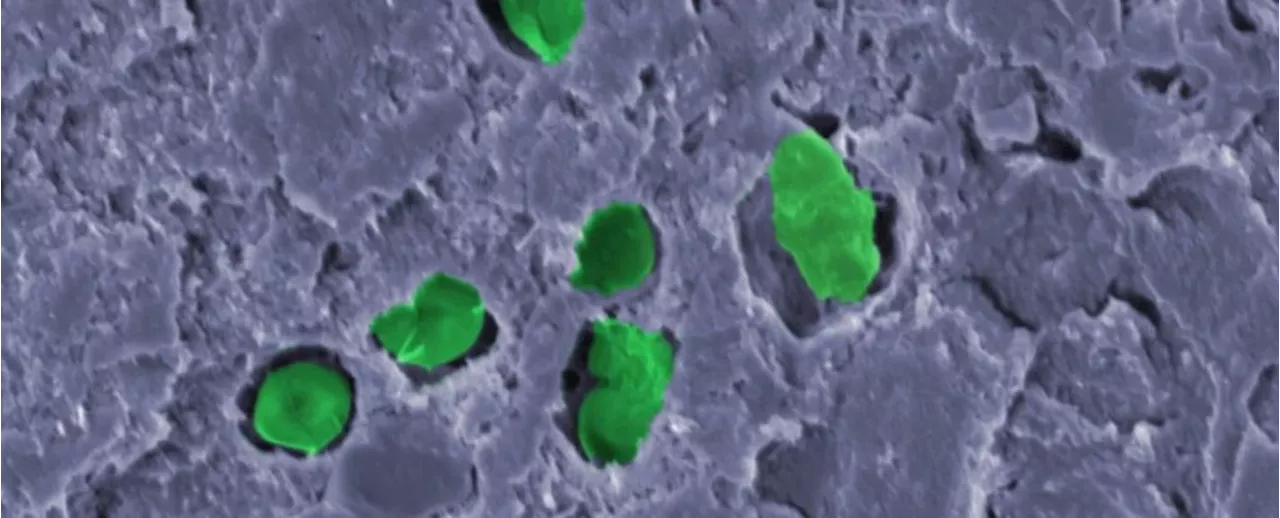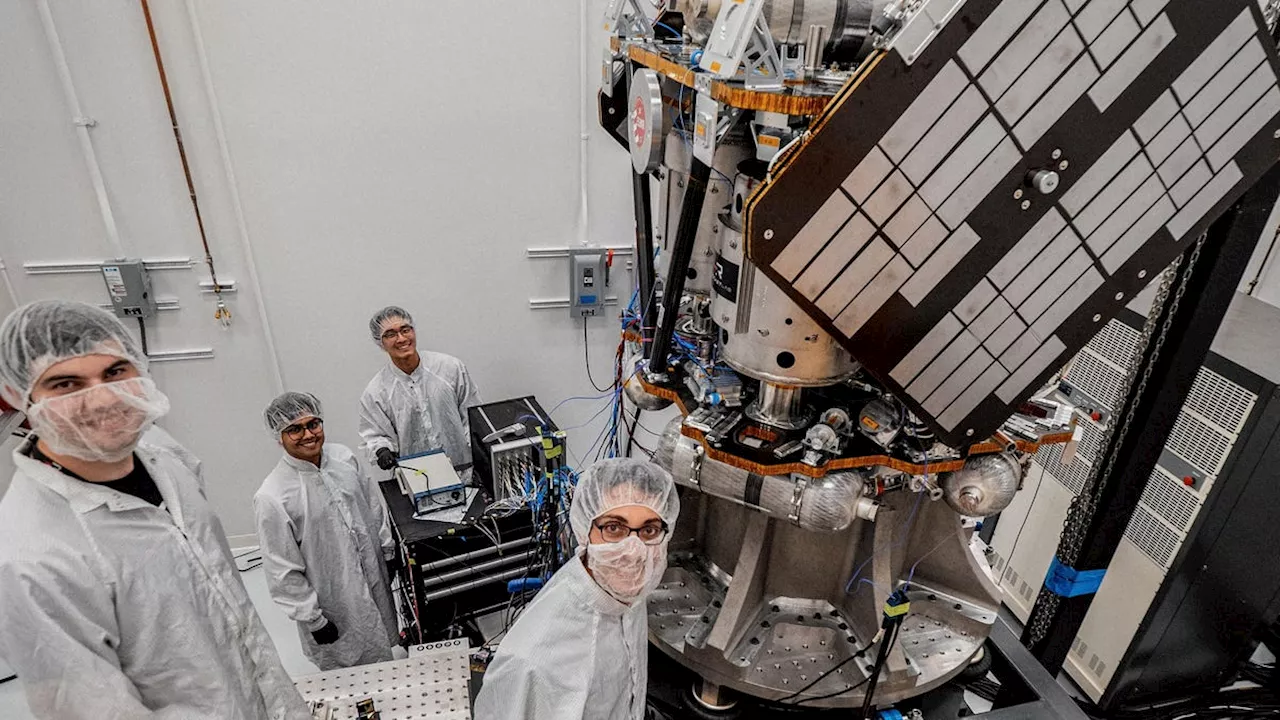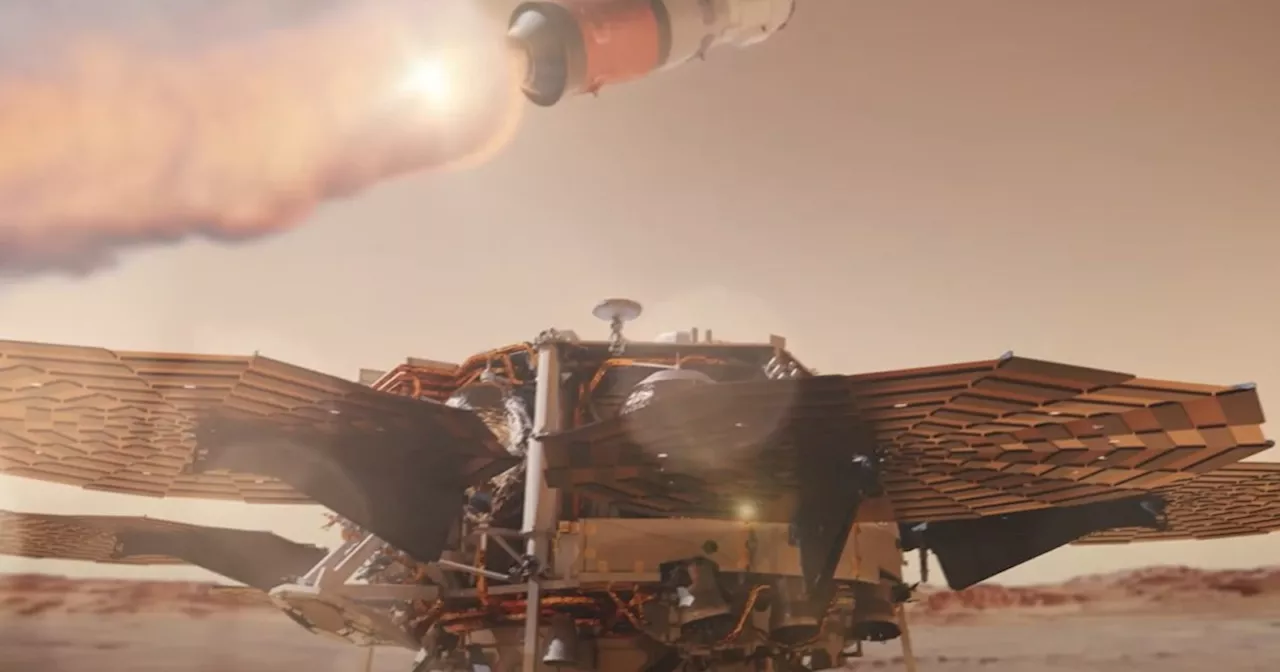How do you launch a rocket from Mars? NASA's jaw-dropping plan involves pitching it in the air and igniting it aloft.
When it comes to missions to Mars, NASA has been on a winning streak in recent decades. Its Spirit, Opportunity, Phoenix, Curiosity, InSight, and Perseverance missions have all landed successfully on the Martian surface, and we’re learning more than ever before about how to land on and explore the planet safely. The agency’s next plans for Mars, however, are a whole new level of ambitious.
With a rocket firing its engines hard enough to take off from the ground, “the amount of energy that you have to blow out the back is gigantic,” explained Phil Metzger of the University of Central Florida, a launch pad expert who worked for NASA for many years. When that energy hits the surface of Mars, which is covered in a dusty material called regolith, the material being thrown up can cause serious problems and even damage the rocket itself.
How much of an issue that is really depends on what lies beneath. NASA’s Phoenix lander, for example, landed in the far north of the planet and blew away surface material to essentially land on a sheet of ice, which acted like a landing pad. That worked out great. When China’s Zhurong rover landed on Mars, however, its engines dug a deep, narrow hole into the surface beneath the landing vehicle.
Engineers will make use of something that will already be there: the descent vehicle. Just as the Apollo missions to the moon used the lunar lander to launch from, the Mars Sample Return mission will use the Sample Retrieval Lander as a base from which to launch a small rocket called the Mars Ascent Vehicle.
The rocket is relatively small and light compared to the kinds of rockets we use to launch from Earth because Mars’s gravity is lower and the samples will have such a small amount of mass. The total mass of the rocket will be just over 1,000 pounds, so it’s feasible for a mechanism in the lander to push it into the air before its engines ignite.
The lander for MSR will be around 50% heavier than the Perseverance rover and its sky crane system combined, so the system has to be scaled up. The engines that will be used by the Sample Retrieval Lander will be roughly similar to those used on sky crane, but instead of eight, there will be 12 of them positioned on all sides of the lander.
But just in case, the team has also learned from the destruction of Curiosity’s wind sensor that even with the best plans, there will still be debris being thrown around. Any sensitive components will be shielded to keep them safe, Baker said: “We’ll make sure that anything that is exposed is either something that we don’t need because we’re done using it, or it is protected.”
Singapore Latest News, Singapore Headlines
Similar News:You can also read news stories similar to this one that we have collected from other news sources.
 This Ancient Mud Lake Could Be The Best Place to Look For Life on MarsThe Best in Science News and Amazing Breakthroughs
This Ancient Mud Lake Could Be The Best Place to Look For Life on MarsThe Best in Science News and Amazing Breakthroughs
Read more »
 Scientists Just Came Up With a Wild Idea For Making Oxygen on MarsThe Best in Science News and Amazing Breakthroughs
Scientists Just Came Up With a Wild Idea For Making Oxygen on MarsThe Best in Science News and Amazing Breakthroughs
Read more »
 Why Is Mars’ Atmosphere Leaking? A New Mission Seeks AnswersThe NASA-funded mission will launch two twin spacecraft to explore Mars' magnetosphere and how it interacts with solar wind.
Why Is Mars’ Atmosphere Leaking? A New Mission Seeks AnswersThe NASA-funded mission will launch two twin spacecraft to explore Mars' magnetosphere and how it interacts with solar wind.
Read more »
 Saturday Night Live's 15 best double-duty hostsServing as host and musical guest in the same SNL episode is hard, but stars like Paul Simon, Stevie Wonder, Britney Spears and Bruno Mars made it look easy
Saturday Night Live's 15 best double-duty hostsServing as host and musical guest in the same SNL episode is hard, but stars like Paul Simon, Stevie Wonder, Britney Spears and Bruno Mars made it look easy
Read more »
 Why Is Mars’ Atmosphere Leaking? A New Mission Seeks AnswersThe NASA-funded mission will launch two twin spacecraft to explore Mars' magnetosphere and how it interacts with solar wind.
Why Is Mars’ Atmosphere Leaking? A New Mission Seeks AnswersThe NASA-funded mission will launch two twin spacecraft to explore Mars' magnetosphere and how it interacts with solar wind.
Read more »
